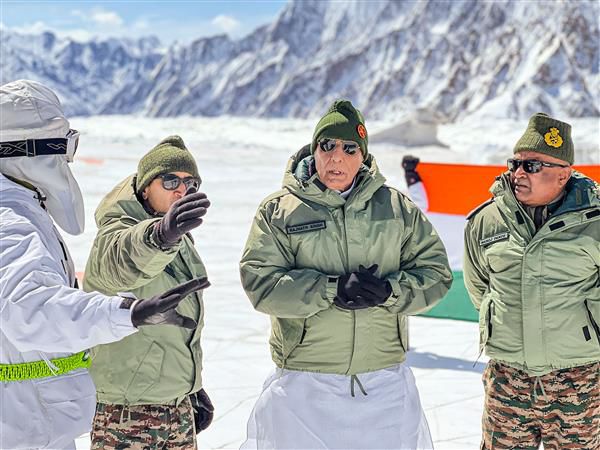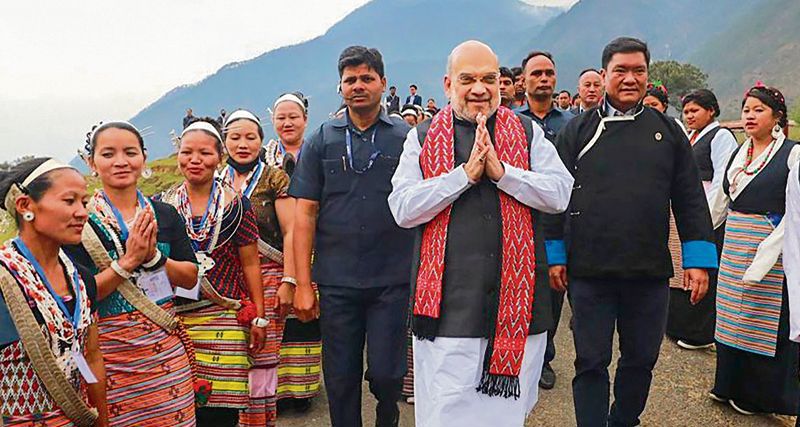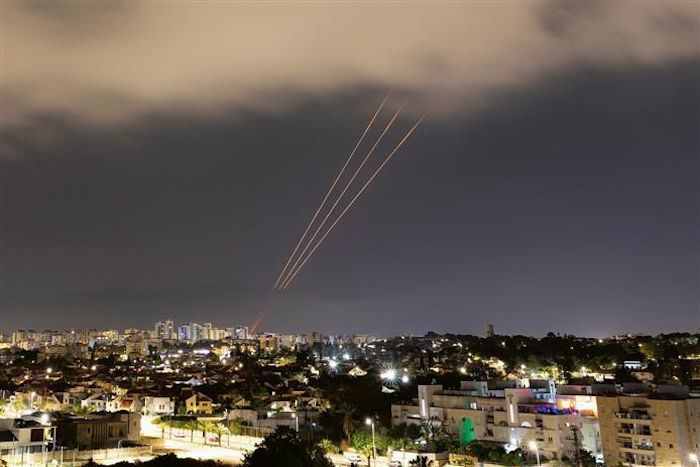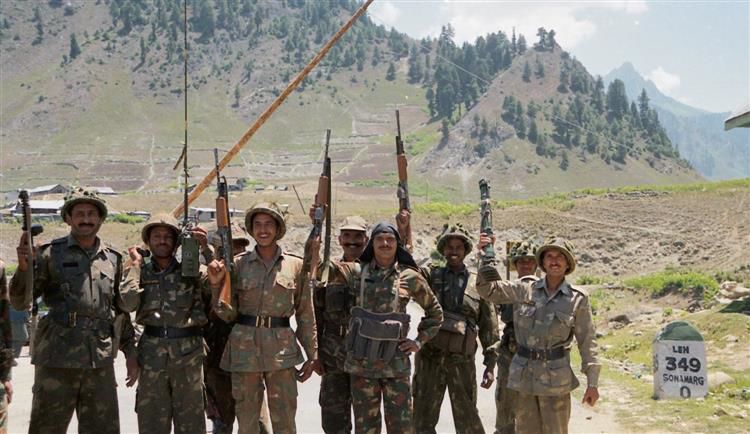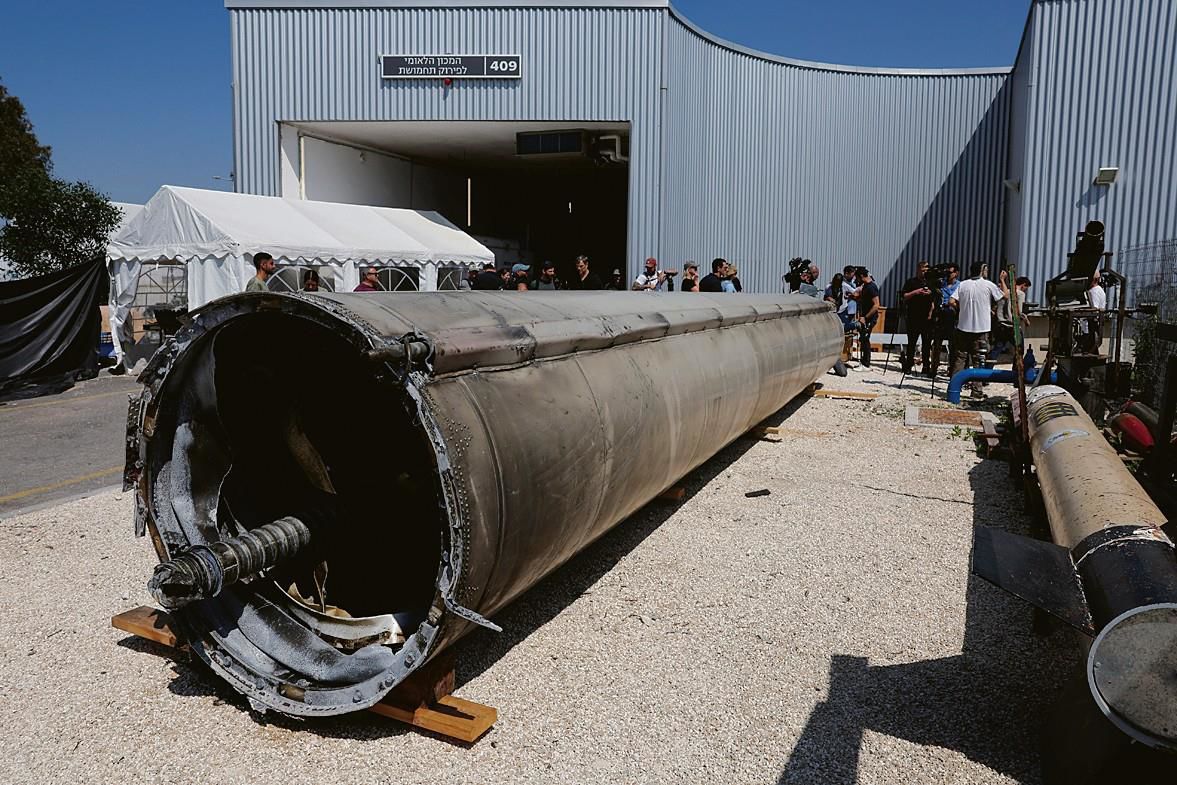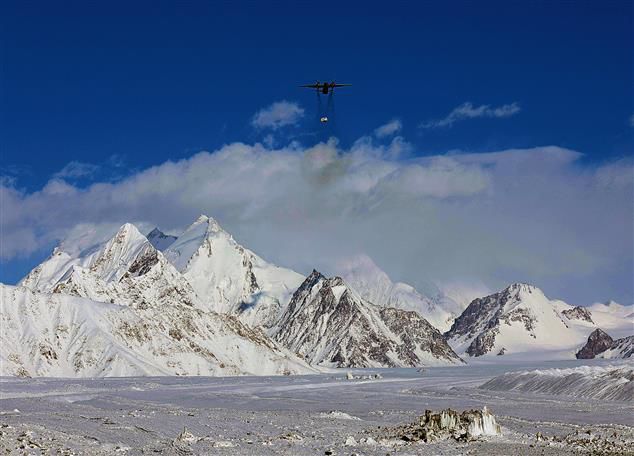
Ajay Banerjee
Forty years since Prime Minister Indira Gandhi okayed the Indian Army’s plan to capture the 76-km-long Siachen Glacier, multiple strategic implications have emerged and Siachen remains a ‘military priority’ for India.
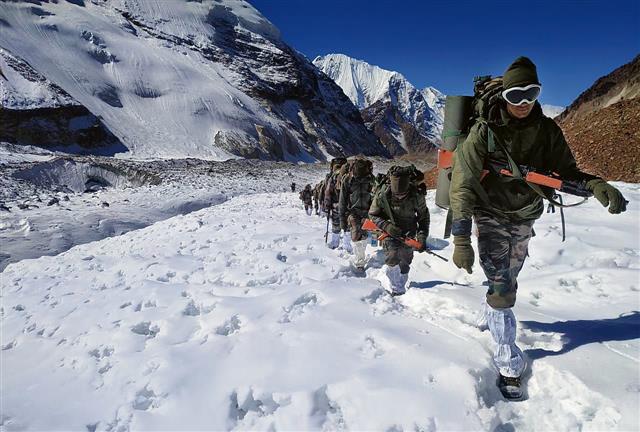
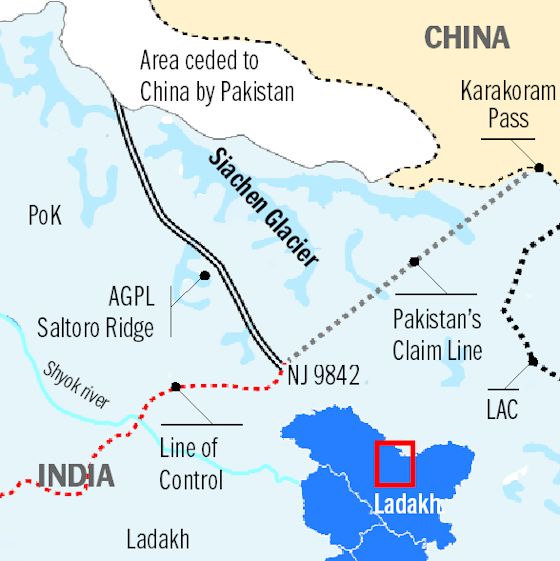 Operation Meghdoot — launched on April 13, 1984, to capture Siachen — was not a spur-of-the-moment decision. It was thought through, calibrated, planned and also practised. The move was a correction of three strategic oversights — first in 1949, then in 1965, followed by the developments after the 1971 war. After the India-Pak war of 1947-48, the Karachi Agreement of 1949 agreed upon a ceasefire line (CFL). The 1965 India-Pak war ended with an agreement at Tashkent. The Simla Agreement was signed post the 1971 war. Notably, none of the three agreements demarcate, on ground, the Line of Control (LoC) beyond Point NJ 9842 in present-day Ladakh.
Operation Meghdoot — launched on April 13, 1984, to capture Siachen — was not a spur-of-the-moment decision. It was thought through, calibrated, planned and also practised. The move was a correction of three strategic oversights — first in 1949, then in 1965, followed by the developments after the 1971 war. After the India-Pak war of 1947-48, the Karachi Agreement of 1949 agreed upon a ceasefire line (CFL). The 1965 India-Pak war ended with an agreement at Tashkent. The Simla Agreement was signed post the 1971 war. Notably, none of the three agreements demarcate, on ground, the Line of Control (LoC) beyond Point NJ 9842 in present-day Ladakh.
Exploration missions
- Siachen Glacier’s existence, its length and location were a matter of speculation among western explorers.
- British explorer Willam Moorcroft passed close to the glacier’s snout in 1821 and it is described in the 1841 book ‘Travels in the Himalayan Provinces…’
- In 1848, Sir Henry Starchey, a British civil servant, became the first westerner to ‘discover’ the glacier.
- EC Ryall of the Survey of India sketched the lower part of the glacier in 1861,
- and determined its length was 16 miles.
- In 1889, Sir Francis Younghusband, in an attempt to find the watershed between Central Asia and India, noted that Turkestan La (along what is now known as Indira Col) separated the two.
- In 1909, TG Longstaff became the first westerner to traverse the glacier.
- In 1912, an American couple camped on the glacier for over two months. C Grant Peterkin, attached to the expedition, surveyed the glacier from its head at Indira Col to its snout at Nubra river.
The territory north of NJ 9842 — the glaciers — was deemed to be too treacherous, with peaks in excess of 22,000 feet and passes at 18,000 feet.
The 1949 agreement said, “From Point NJ 9842, the ceasefire line (CFL) will run northwards to the glaciers.”
India and Pakistan differ on what defines “northwards to the glaciers”. Islamabad, oddly, claims that the LoC should go north-east and end at Karakoram Pass, dividing Ladakh and Xinjiang, under Chinese control. Post April 1984, India has positioned its troops along the watershed and the claim line runs “northwards” of Point NJ 9842. The posts held by Indian troops are now referred to as the Actual Ground Position Line (AGPL), which is 110 km long.
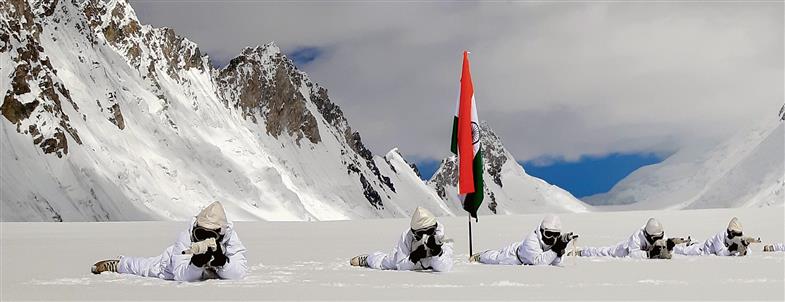
How a map triggered action
Ambiguity on the alignment of the LoC allowed Pakistan to attempt cartographic calisthenics. Between 1972 and 1983, it permitted foreign expeditions on the Siachen Glacier and the surrounding peaks, with Pakistani army officers accompanying them.
In India, things happened by coincidence. In the summer of 1974, German mountaineers Jaroslav Poncar and Volker Stallbohm met Jammu and Kashmir Chief Minister Sheikh Abdullah, seeking permission for rafting down the Indus in Ladakh.
Abdullah agreed and even hooked the Germans up with Col Narinder (Bull) Kumar, posted at the High Altitude Warfare School in Gulmarg. The expedition was carried out in 1975.
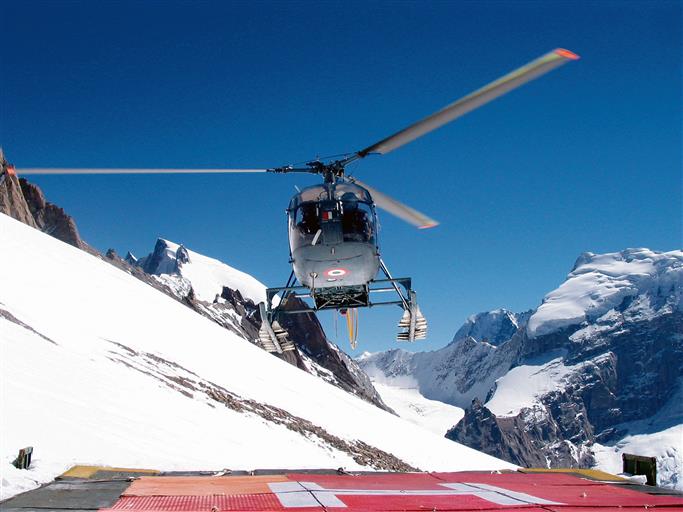
The Germans were back in India in 1977 with another request — a trek to the 24,600 feet high Mamostong Kangri in the southeast of Siachen. India did not give permission, but Pakistan did. The Germans, in 1978, climbed up the 18,000 feet high Bilafond La from the Pakistan side, only to reach till Siachen — all these were part of the undefined LoC.
Amid the permission-seeking documentation for the trek, Col Kumar got hold of a map from the Germans. In January 1978, he took the map to the Director General of Military Operations, Lt Gen ML Chibber. Army Chief TN Raina gave his nod to the budget for Col Kumar’s expedition to Siachen in October.
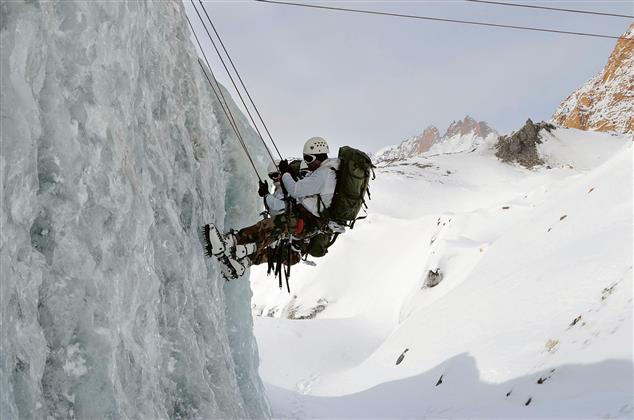 The location of the Mamostong glacier and its peaks spurred India into action as the peak is closer to Depsang, facing China, than being in proximity to Pakistan.
The location of the Mamostong glacier and its peaks spurred India into action as the peak is closer to Depsang, facing China, than being in proximity to Pakistan.
Air Vice Marshal Manmohan Bahadur (retd), then a young pilot tasked at Leh, remembers the expedition in detail. “We would fly over the Siachen Glacier in our helicopters, and hover at the spot to drop fresh vegetables,” he says. He recollects: “On October 6, 1978, Sqn Leader ML Monga and I were tasked to evacuate an Army Captain and a jawan from an ‘advance base camp’ (now called Kumar Post at 15,600 feet). They were pulled out around 2 pm when wind turbulence had set in.”
Siachen plan
Following the 1978 expedition, the Indian Army carried out two similar mountaineering expeditions in 1980 and 1981. Harish Kapadia, a mountaineer, described these expeditions in his 2005 book, ‘Into the Untravelled Himalaya: Travels, Treks, and Climbs’: “The Indian government (revealed these treks only in 1983) made an attempt to pass them off as mountaineering ventures but their actual intentions were pretty obvious.”
In 1983, the ‘Siachen plan’ was given shape. Two Indian Army patrols were launched between June and September. The second one was tasked with building a small shelter. The components were lifted by helicopters, and so was the patrol party.
In August 1983, the Pakistan army sent two protest notes, which for the first time formally projected Pakistan’s claim line. The note asked the Indian side: “Instruct your troops to withdraw south of Point NJ 9842… Any delay in vacating our territory will create a serious situation.”
In other words, the LoC, agreed upon in a signed and sealed document, was being amended unilaterally by Pakistan and its army tried sending two companies up the Siachen in September/October 1983. The aim was to occupy the two entry points — from their side — to the Saltoro Ridge, Bilafond La and Sia La.
On April 13, 1984, a platoon of the Indian Army was flown onboard helicopters to Bilafond La. The rest, as they say, is history. Pakistan tried an offensive on April 24, but was beaten back. By then, the only other pass, Sia La, had been secured by India. The following year, in February 1985, the Pakistan army made another attempt, but was repulsed.
Lt Gen Sanjay Kulkarni (retd), who led the 4 Kumaon platoon on April 13, 1984, and planted the Indian flag at Bilafond La, remembers: “We had no navigational aid to guide us other than our Survey of India maps. We had walked over Siachen for months for two previous years.”
In July 1984, an Indo-Japanese expedition led by Col Balwant Singh Sandhu was okayed for the same Mamostong Kangri which Col Kumar had seen on the map of the Germans.
Why is Siachen important
Saltoro Ridge, dominated by the Indian Army, overlooks the Gilgit-Baltistan area of Pakistan-occupied Kashmir (PoK). Indian military presence guards the routes leading to Ladakh from the eastern flank of the glacier that have an access from the Depsang plains in Ladakh. The northern part of the glacier, ringed by very high peaks, dominates the Shaksgam valley, which is under Chinese control since Pakistan illegally ceded it in 1963. China’s Karakoram Highway, part of the China-Pakistan Economic Corridor, runs close by.
In the past 20 years, the unwarranted entry of the Chinese under the guise of road builders and dam builders means the area immediately west of Siachen now poses a collusive China and Pakistan threat. Also, the present crisis along the Line of Actual Control (LAC) would have been different if Pakistan’s false claim line from Point NJ 9842 to Karakoram Pass was not challenged by India.
Lt Gen Rakesh Sharma (retd), a former commander of the Leh-based 14 Corps, says, “The glacier’s geostrategic importance cannot be underplayed, especially in hindsight of the 2020 Chinese incursions in eastern Ladakh.”
The Saltoro Ridge, coupled with Siachen Glacier and Saser Ridge, is the most daunting geographical stretch. It also cleanly divides Gilgit-Baltistan and Aksai Chin in northern Ladakh, says Gen Sharma. “If this region was not held by the Indian Army, the Pakistan army and the Chinese would have ventured to join up.” The 1984 operation put a ‘strong wedge’, thwarting Pakistan-China designs, he adds.
Can it be de-militarised?
Pakistan has suggested de-militarisation. It was discussed at Track-II diplomatic channels but never agreed to. From the Pakistan side, the approach to the Saltoro Ridge and the glacier is vulnerable as the Indian Army occupies the heights.
From an Indian perspective, vacating anything is not possible. Since the ceasefire of 2003, firing by both sides has stopped. However, troops still need to man the region.
The state-of-the-art surveillance systems, combined with ground-based and air-based stand-off weapons, stand guard. But it is the Army troops on ground who dominate the area. “Siachen Glacier cannot and must not be de-militarised in isolation. Based on current relations, any de-militarisation is a far cry,” says Gen Sharma.






















































